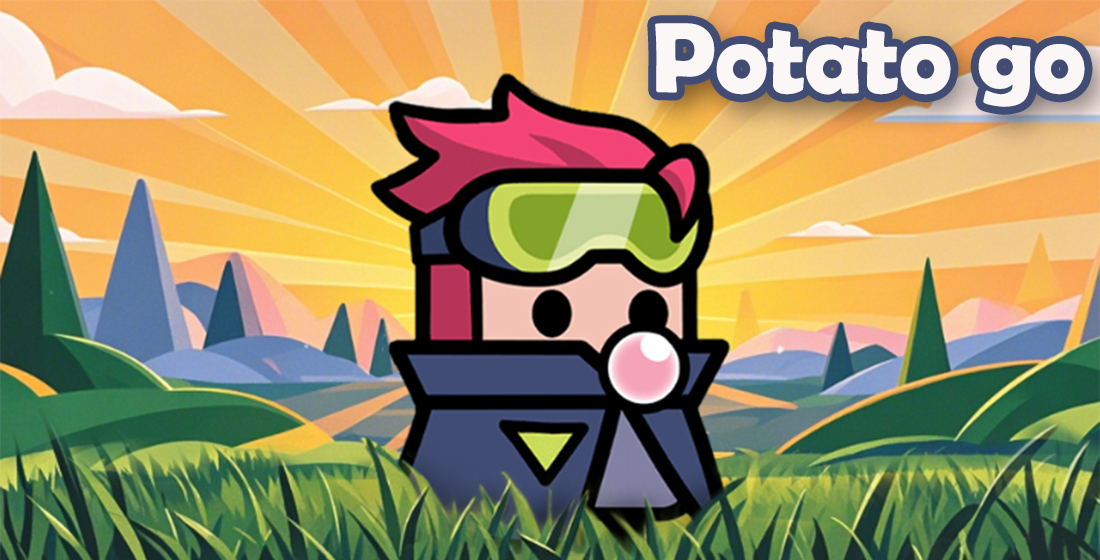Unlocking Knowledge: How Multiplayer Educational Games Enhance Learning and Engagement
In recent years, the landscape of education has shifted significantly, evolving beyond traditional methods to embrace innovative tools that engage students more effectively. One such tool is multiplayer educational games, which have emerged as an exciting way to combine entertainment and learning. This article explores how these games enhance educational processes and improve student engagement.
Understanding Multiplayer Educational Games
Multiplayer educational games incorporate elements from both education and gaming, providing an interactive platform for learners. These games typically involve collaboration and competition among players, which fosters social connections and improves learning outcomes. Unlike single-player games, multiplayer formats often require players to apply critical thinking and develop strategies to succeed.
The Benefits of Multiplayer Educational Games
- Enhanced Engagement: Multiplayer games make learning fun. They capture students' attention by creating immersive experiences that hold their interest longer than traditional methods.
- Collaborative Learning: These games promote teamwork as players often need to collaborate to solve problems or complete tasks.
- Critical Thinking Skills: Strategies used in games, like those in attack strategy clash of clans, challenge players to think critically and plan ahead.
How Learning Occurs Through Gameplay
| Game Element | Learning Outcome |
|---|---|
| Team Challenges | Improved communication skills |
| Role-playing | Social-emotional development |
| Puzzles and Quests | Problem-solving capabilities |
Popular Genres of Multiplayer Educational Games
When discussing multiplayer educational games, it's essential to consider the diversity of genres available. Here's a list of significant categories:
- Role-Playing Games (RPGs): Good RPG games for PS Vita can help players learn through storytelling and character development.
- Strategy Games: These games encourage players to think strategically, reinforcing skills such as planning and resource management.
- Simulation Games: Players experiment with real-world scenarios, enhancing their understanding of complex systems.
Integrating Multiplayer Games in the Classroom
Teachers can integrate multiplayer educational games into their curriculum by following a few key strategies:
- Selecting appropriate games that correspond to learning goals.
- Encouraging cooperative gameplay to strengthen social interactions among students.
- Providing guidance on game mechanics, ensuring that students focus on educational outcomes.
Challenges and Considerations
While multiplayer educational games hold much promise, there are challenges to consider. For example, not every game will align with educational standards. Additionally, some students may be more attracted to games than to the learning content they present. Teachers must strike a balance, ensuring that educational objectives are prioritized without compromising engagement.
Conclusion
Multiplayer educational games present a unique opportunity to transform learning experiences. By blending entertainment with educational value, these games encourage engagement, foster collaboration, and enhance critical thinking skills. As the educational landscape continues to evolve, embracing such innovative approaches will be crucial to meeting students' needs in a rapidly changing world.



